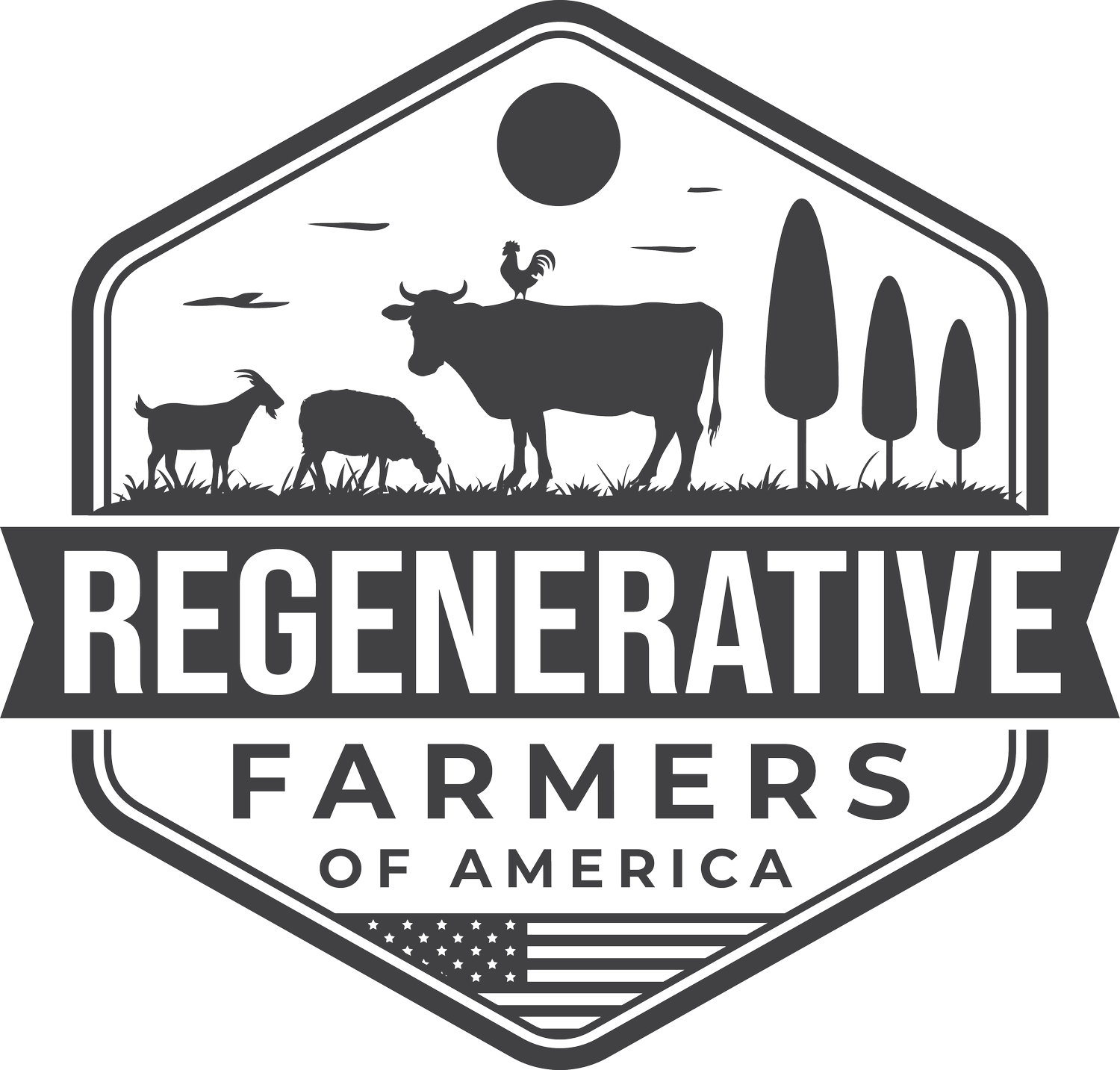Cover Crops
What Are Cover Crops?
With regenerative agriculture, rather than leave the earth bear after the main crop, often, regenerative farmers plant cover crops. Cover crops are usually legumes such as alfalfa and clover, or cereals and grasses such as rye, barley, and brassicas. Plants that cover the earth protect the earth from the wind, rain, and erosion. Cover crops can also improve the fertility of the soil and are sometimes known as green manure.
How do Cover Crops help Regenerative Agriculture?
Modern agriculture uses heavy tilling and lots of pesticides and fertilizers that destroy the earth over time. Regenerative agriculture, on the other hand, works harmoniously with nature. It uses no-till practices and cover crops to improve the quality of the earth rather than chemical fertilizers.
And below, we’ll look at the four main ways cover crops help with regenerative agriculture.
Prevent Soil Erosion -One of the main benefits of cover crops is they prevent soil erosion. Cover crops improve the soil’s structure, and their roots anchor the soil in place. As well as this, the leaves of cover crops create a barrier between the rain and the earth. This barrier reduces the impact of rain and distributes it more evenly. So overall, this leads to less runoff and erosion.
Improve Fertility and Quality of the Soil - Cover crops will naturally improve the fertility and quality of the soil. They hold on to the nutrients in the earth and prevent them from leaching out, and legumes help with nitrogen fixation. The main crop depletes the soil of nutrients, so a cover crop will help to replenish the earth without chemical fertilizers. Cover crops also increase the organic matter in the soil and encourage microbial activity. And overall, they lead to a higher crop yield.
Weed and Pest Control - Cover crops are stronger than weeds, so weeds will find it hard to grow and germinate amongst cover crops. When cover crops die off, they also provide a weed-resistant mulch over the earth. Cover crops can also help break bacterial and fungal disease cycles. And they can lure pests away from the main crop whilst attracting natural pest predators such as birds.
Carbon Storage and Biodiversity - Regenerative agriculture will not only restore the earth, it can also help to reverse climate change. Cover crops absorb harmful carbon emissions from our atmosphere and store them in their roots underground. As well as this, cover crops improve the local biodiversity. They provide vital habitat for beneficial insects such as pollinators, and they'll attract wildlife to the area.
Cover crops and regenerative agriculture are closely linked together. Without cover crops, regenerative agriculture wouldn’t be half as effective. Overall, cover crops naturally improve the fertility and quality of the earth, which leads to higher yields and less soil erosion.
How to Choose the Best Cover Crop
When selecting cover crops, farmers should consider factors such as soil type, climate, and planting schedule to ensure that the crop is well-suited to the local environment.
There are various types of cover crops, each with unique characteristics that provide specific benefits to soil health and crop production. Legumes, for example, are nitrogen-fixing plants that can help reduce the need for synthetic fertilizers, while grasses and brassicas can help prevent soil erosion and improve soil structure.
To select the best cover crop mix for their specific needs, farmers can consult with experts or use online tools that take into account their climate, soil type, and cropping system. By carefully selecting the right cover crop mix, farmers can improve soil health, reduce input costs, and achieve their goals.
Cover Crops and Regenerative Agriculture
Cover crops are an essential component of regenerative agriculture, a farming system that seeks to enhance the natural ecosystem functions of agricultural landscapes. By planting cover crops, farmers can reduce their reliance on chemical inputs, prevent soil erosion, and improve soil health.
Successful examples of cover crop use in sustainable farming systems include the use of legumes to fix nitrogen in the soil and the use of winter cover crops to suppress weeds and reduce nutrient leaching.
Farmers can integrate cover crops into their overall sustainability plans by carefully selecting the right cover crop mix for their specific goals and objectives, and by using appropriate management techniques to maximize the benefits of these crops.
